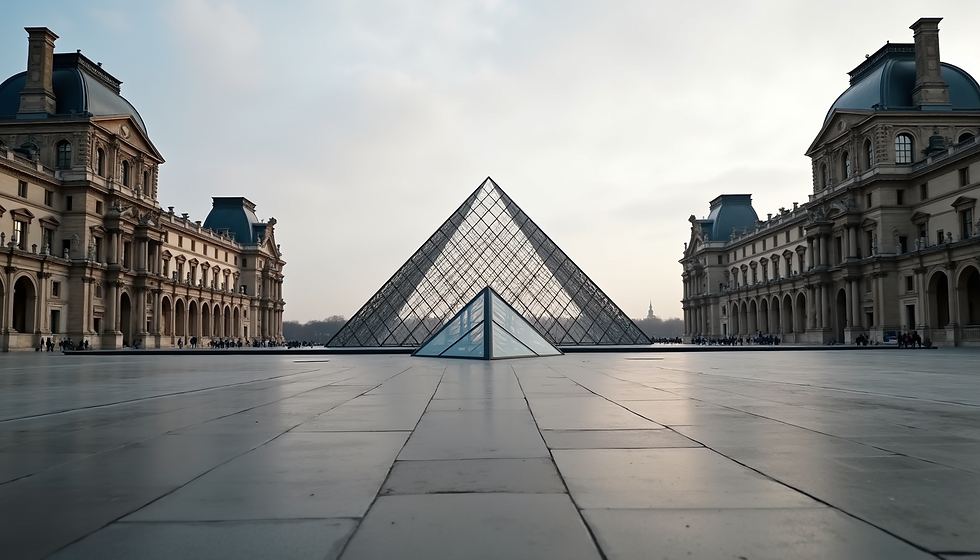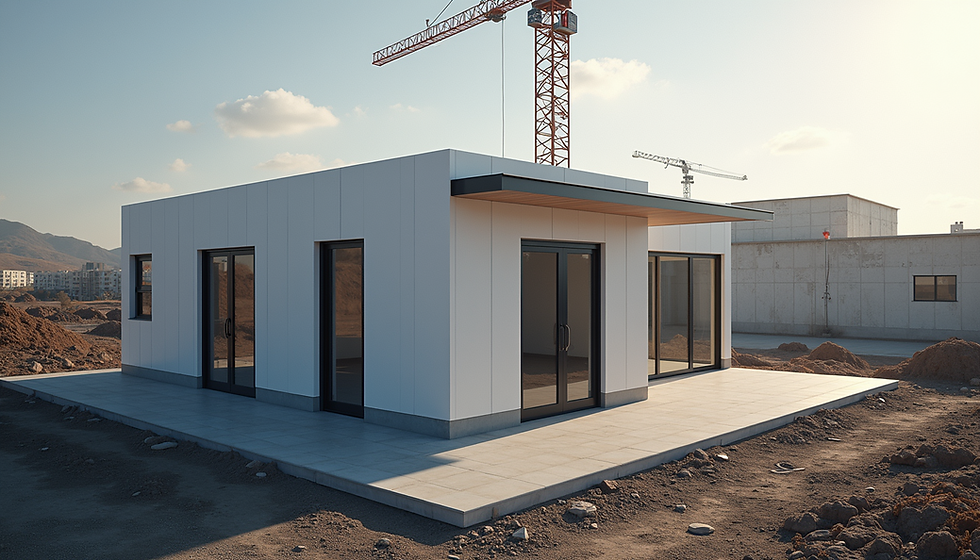Uncovering the Hidden Mysteries of Architectural Design
- Mar 13
- 3 min read
Architecture is often seen as an expression of grandeur—think towering skyscrapers and expansive cathedrals. Yet, beyond these impressive forms lies a world rich in detail and subtlety that significantly affects both function and beauty. The intricate elements that shape architectural design may not always be obvious, but they play a crucial role in how a structure looks and works.
The Importance of Proportion
Proportion is a key principle in architectural design. It governs the relationship between various elements in a space. Architects utilize techniques like the Golden Ratio, a mathematical formula that has influenced design for centuries. This ratio can be found in masterpieces like the Parthenon and is vital for creating visually balanced spaces.
By understanding proportion, designers can foster harmony within a structure. For example, ceilings that are 9 feet high can make rooms feel cozy, whereas ceilings at 12 feet can create a more expansive feeling. Similarly, window widths can affect how much natural light enters a room. Well-balanced proportions ensure that spaces are not only inviting but also carefully crafted for their intended use.
Material Selection
The selection of materials plays a significant role in architectural design, influencing everything from durability to sustainability. Each material has unique qualities—some excel in insulation, while others promote eco-friendliness or deliver distinct textures.
For instance, using a combination of concrete and wood can evoke feelings of robustness and warmth, making a space feel both solid and inviting. A study from the U.S. Green Building Council found that using sustainable materials in construction can reduce energy consumption by 30 percent. This shift toward eco-conscious choices reflects a union of ethics and aesthetics in modern architecture.
Moreover, local materials can enhance a building's character while supporting the local economy. Structures built with regional stone or timber often blend seamlessly with their surroundings, enriching both the aesthetic and cultural landscape.
Spatial Experience
Creating an engaging spatial experience is essential for modern architecture. Architects carefully consider how people will navigate and interact within a space, focusing on flow, accessibility, and comfort. The arrangement of rooms, ceiling heights, and the placement of entrances and windows can greatly affect how welcoming and functional a building feels.
Thoughtful design encourages movement and promotes positive experiences for occupants. Open floor plans can stimulate social connections, whereas cozy nooks provide quiet spaces for reflection. A study by the University of Minnesota found that well-designed spaces can increase worker productivity by up to 15 percent, highlighting the importance of spatial experiences in workplace environments.

Contextual Integration
Architecture must interact thoughtfully with its environment and the community it serves. Effective architectural design takes context into account—both environmental and cultural. This means aligning structures with their surroundings, respecting historical contexts, and addressing community needs.
For example, a building that incorporates local materials and mediates climatic conditions can reduce energy costs. In fact, research from the National Renewable Energy Laboratory shows that energy-efficient designs can lower energy usage by 50 percent. Such designs enhance a building's sustainability and foster pride within the community. When architecture respects local character and history, it creates a deeper connection between the building and its inhabitants.
Final Thoughts
The intricacies of architectural design go far beyond just looks. Proportions, material choices, spatial experiences, and contextual integration all play critical roles in how a structure connects with its users. Recognizing these hidden mysteries opens our eyes to architecture as more than mere shelter—it becomes a canvas for human creativity and expression.
Understanding these subtleties enhances our ability to appreciate the spaces we occupy. As architecture continues to evolve, engaging with these elements can enrich our daily experiences in significant ways.




Comments